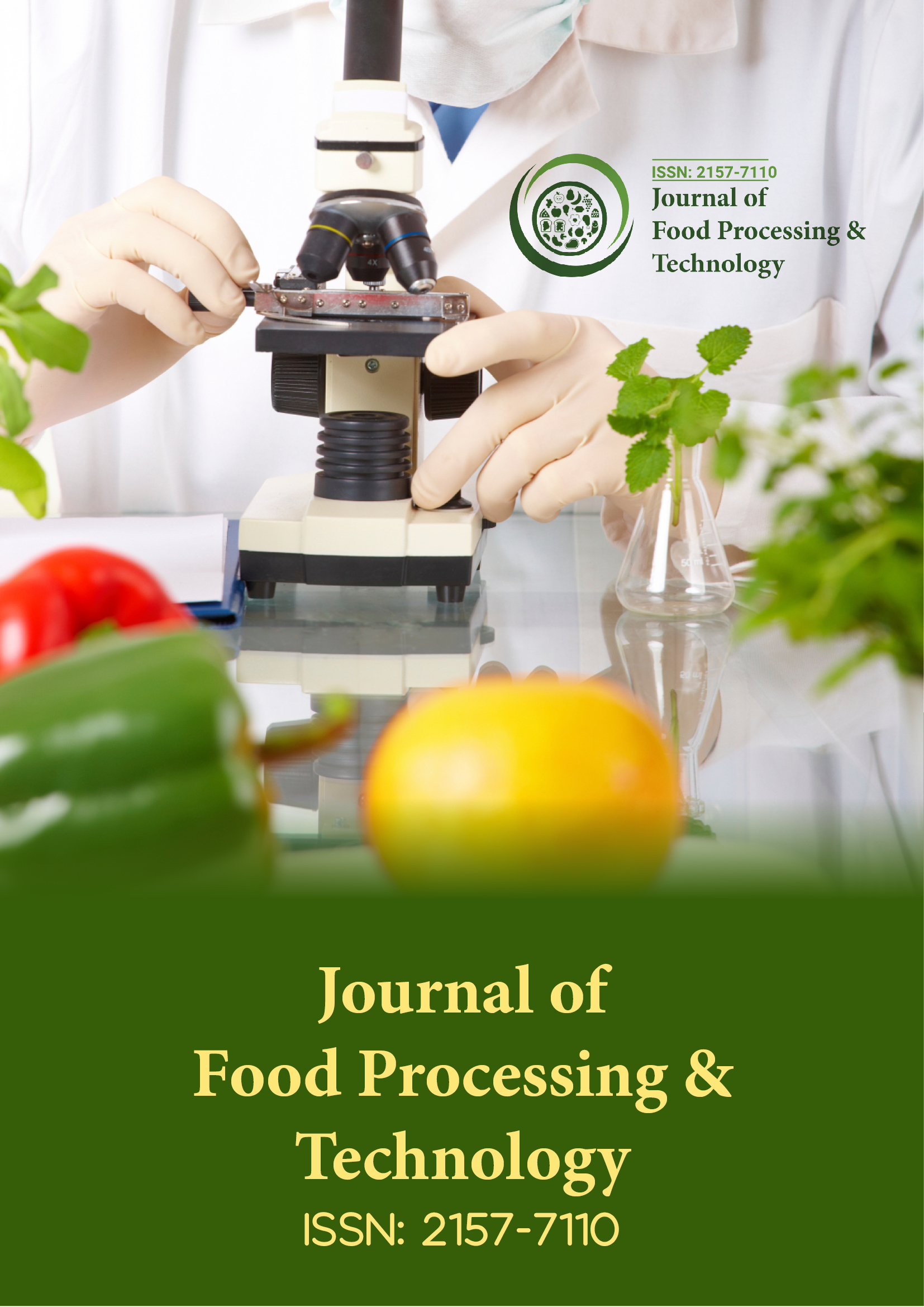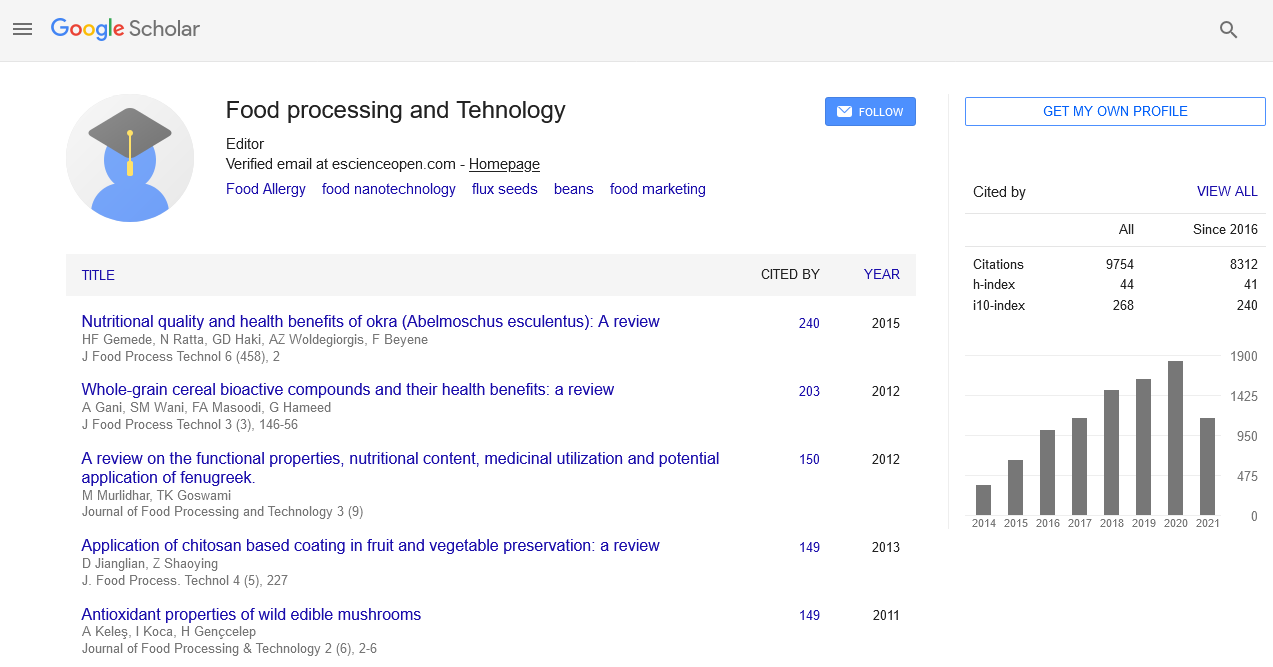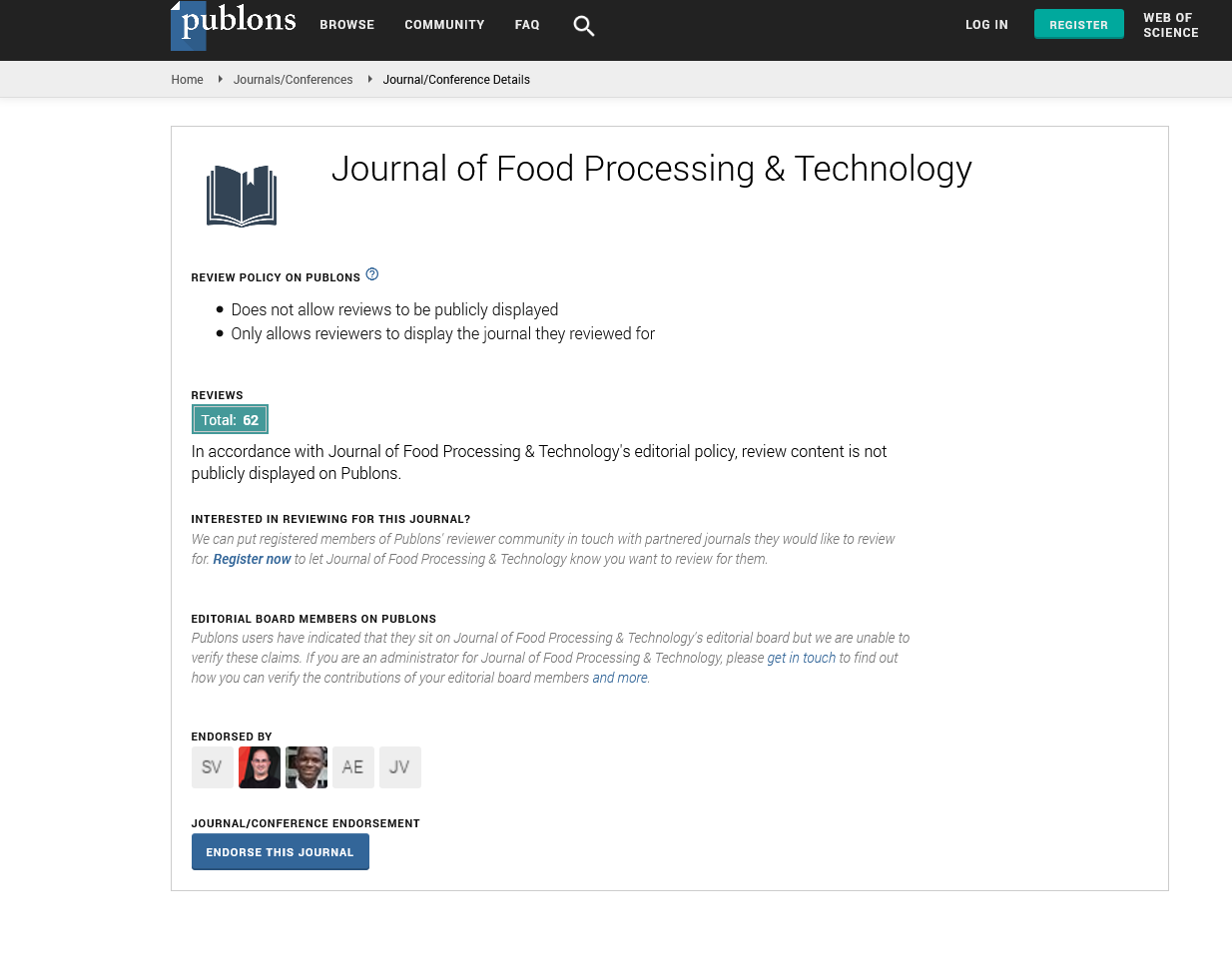Indexed In
- Genamics JournalSeek
- Academic Keys
- JournalTOCs
- China National Knowledge Infrastructure (CNKI)
- Access to Global Online Research in Agriculture (AGORA)
- Centre for Agriculture and Biosciences International (CABI)
- RefSeek
- Directory of Research Journal Indexing (DRJI)
- Hamdard University
- EBSCO A-Z
- OCLC- WorldCat
- Scholarsteer
- SWB online catalog
- Publons
- Euro Pub
- Google Scholar
Useful Links
Share This Page
Journal Flyer

Open Access Journals
- Agri and Aquaculture
- Biochemistry
- Bioinformatics & Systems Biology
- Business & Management
- Chemistry
- Clinical Sciences
- Engineering
- Food & Nutrition
- General Science
- Genetics & Molecular Biology
- Immunology & Microbiology
- Medical Sciences
- Neuroscience & Psychology
- Nursing & Health Care
- Pharmaceutical Sciences
Application of DPSEEA framework in developing food safety health indicator in Korea
8th International Conference on Food Safety, Quality & Policy
November 27-28, 2017 Dubai, UAE
Jong-Tae Lee
Korea University, South Korea
Keynote: J Food Process Technol
Abstract:
Food safety health indicators are useful tools for explaining the food hazards,
contamination pathways, contamination and exposure status, and health
effects in terms of public health. It is necessary to organize indicators by applying
a systematic framework in order to link and interpret the complex relationship
between food hazard factors and human health. We have applied the Driving
Force-Pressure-State-Exposure-Effect-Action (DPSEEA) framework to develop
food safety health indicators in Korea. We have investigated the pros and cons of
each of the various frameworks in use. DPSEEA framework was selected because
it divided the chain of causation into five domains from distal to proximal cause and also allows for actions to target each
domain. Based on this framework, Korean food safety health indicators were developed through a total of 6 procedures. The
indicator developing process was conducted with 45 initial indicators and total of 4 indicators were selected. Among the final
4 indicators, one indicator corresponds to ‚??State‚?? domain, which indicates the chemical hazards of residual pesticides. The
remaining three indicators are in the 'Effect' domain and are indicators of the health effects of food contamination. The final
indicators can be useful in food safety management because they can represent information on the overall food environment,
hygiene and food health. DPSEEA framework was useful in developing food safety health indicator in that each indicator can
be classified according to the domain and intervention points can be identified systematically. However, a structure limitation
in this framework is that it does not take into account population sensitivity or vulnerability, which can affect the area between
each domain and can cause the health risk to vary across time and space. Modified version DPSEEA framework would be
needed when developing the indicators.
Recent Publications
1. Choi G, Heo S and Lee J T (2016) Assessment of environmental injustice in Korea using synthetic air quality index and
multiple indicators of socioeconomic status: A cross-sectional study. Journal of the Air & Waste Management Association;
66(1): 28-37.
2. Son J Y, Lane K J, Bell M L, Lee J T (2016) Urban vegetation and heat-related mortality in Seoul, Korea. Environmental
Research; 151: 728-733.
Biography :
Jong-Tae Lee is a Professor in the Department of Public Health Policies and Management in Korea University, South Korea. He holds PhD degree in Epidemiology from University of North Carolina at Chapel Hill. He has contributed to epidemiologic researches on air pollution and climate change for almost three decades. He has participated in the Global Burden of Disease Project as an expert on air pollution in Eastern Asia. His interest concerns variation of effects of air pollution and its connection with political accountability.


